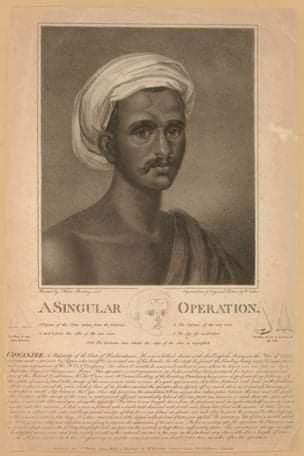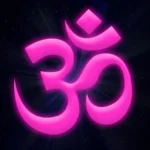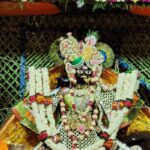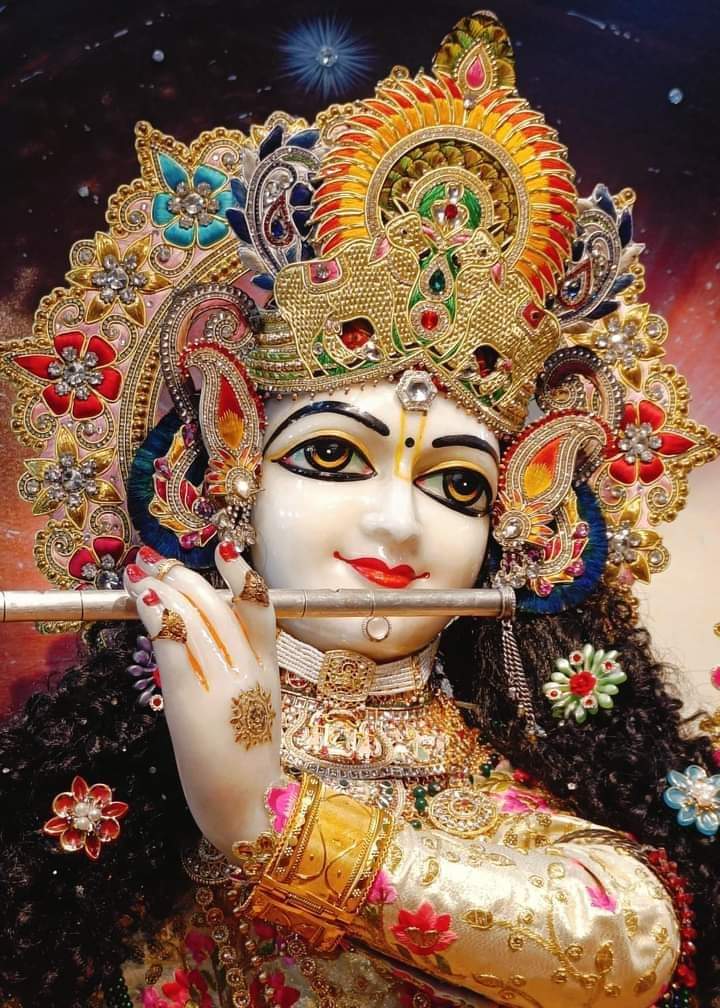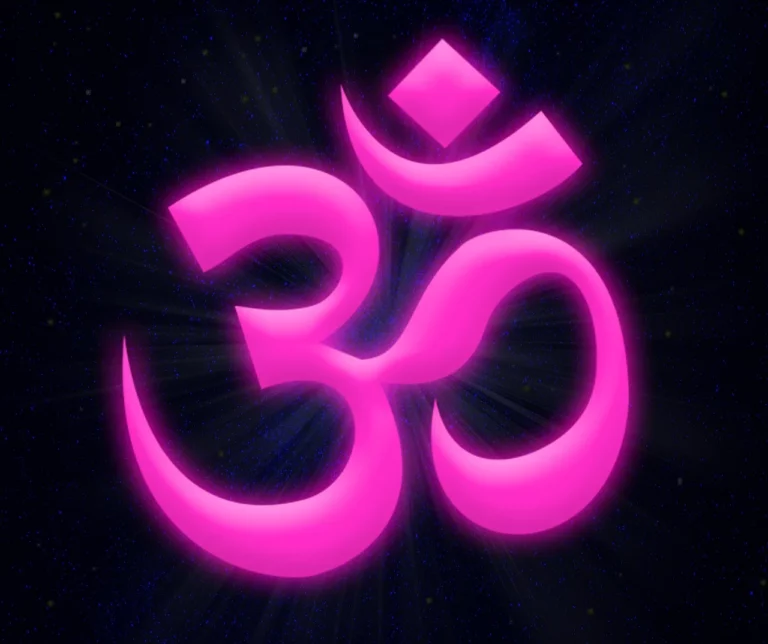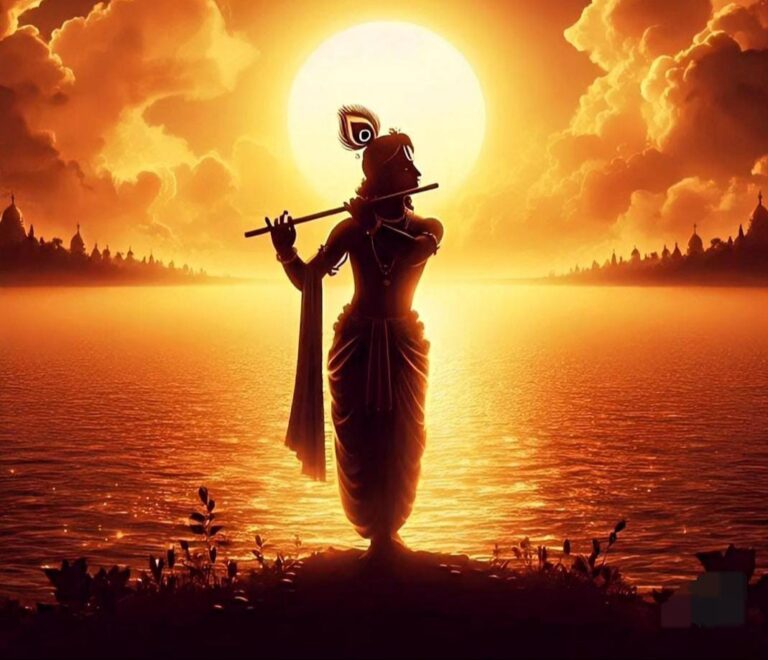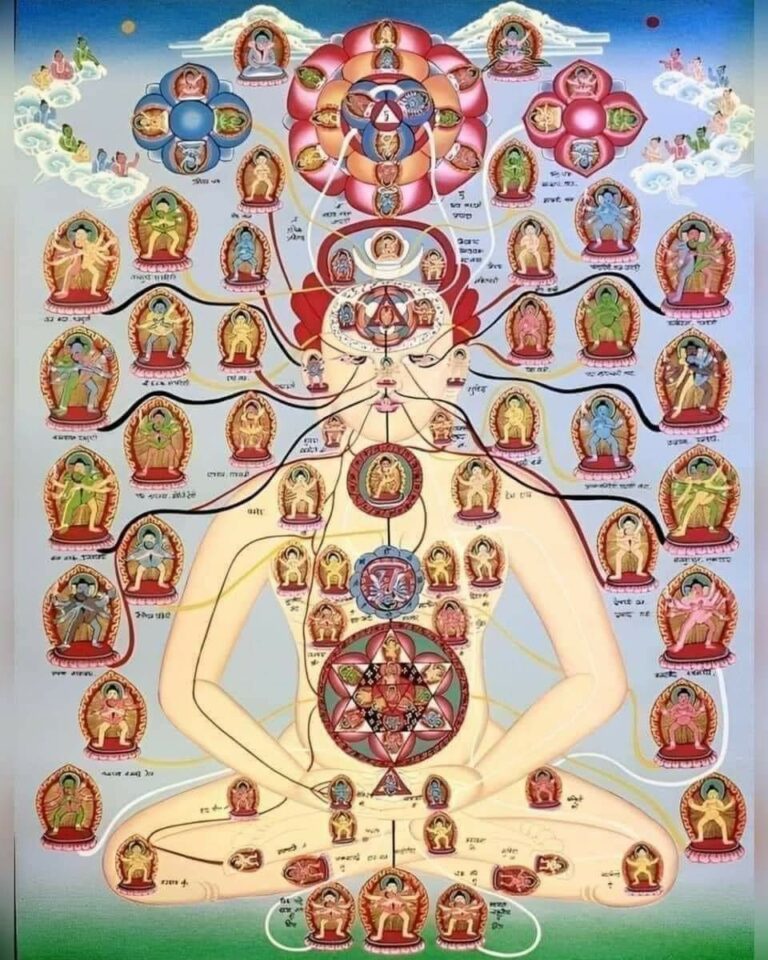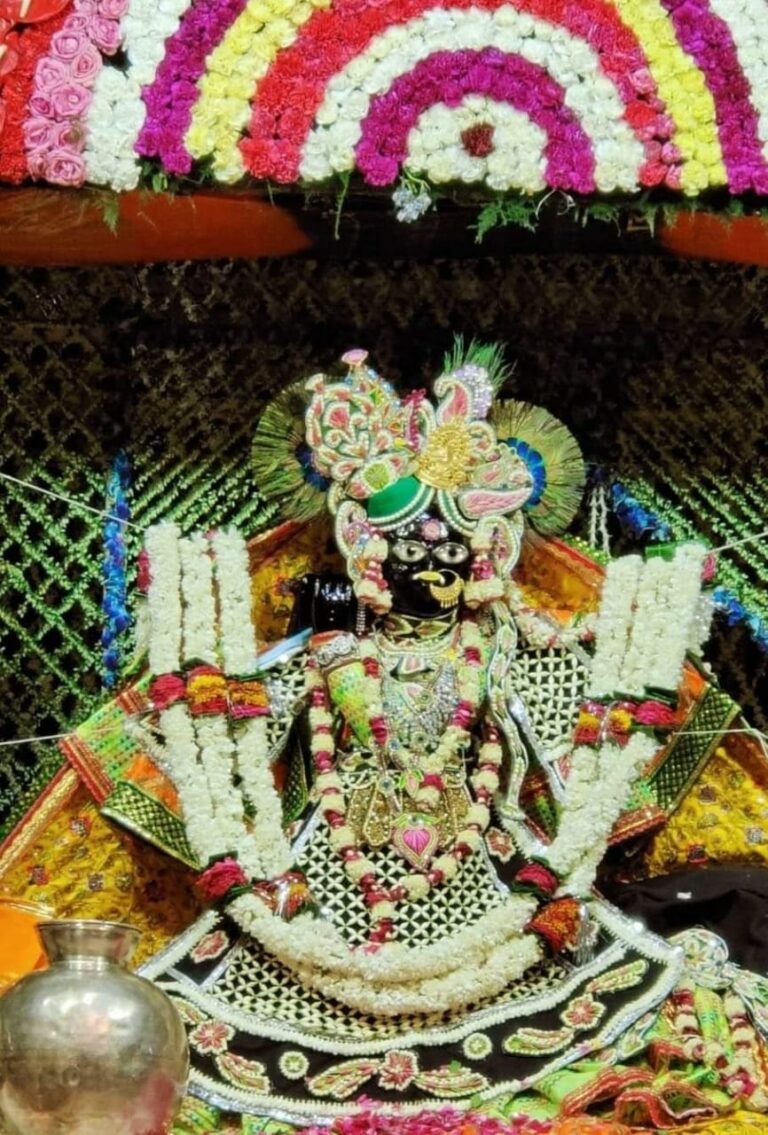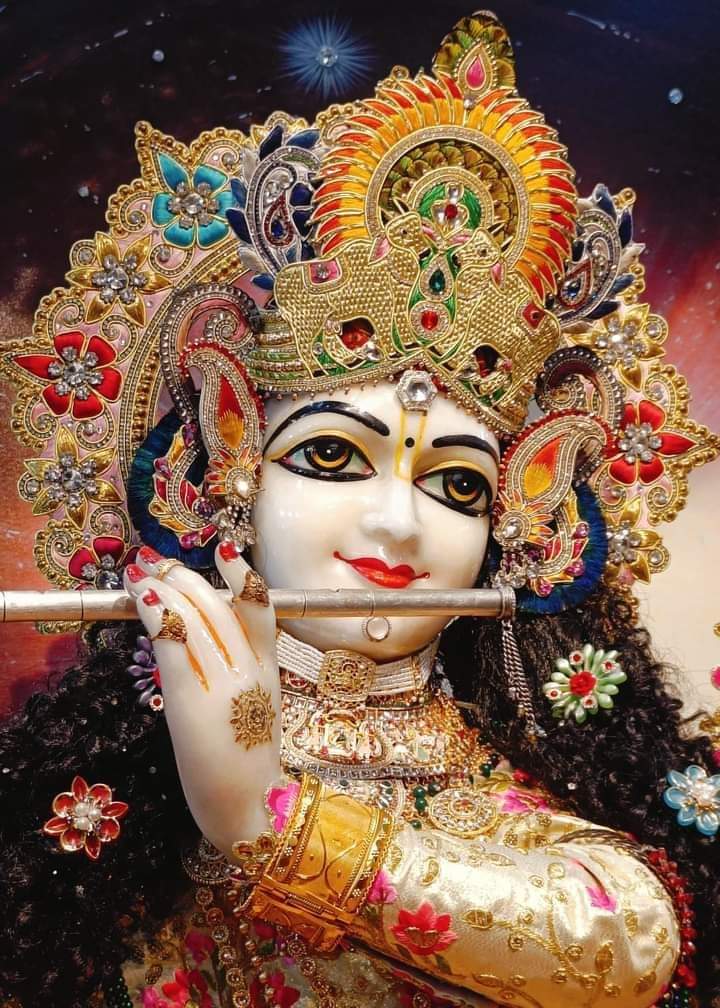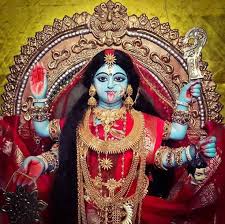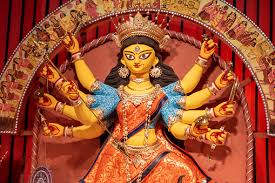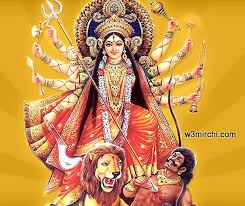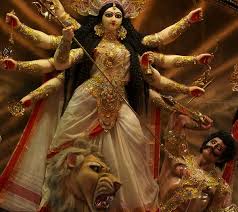1794 ई. में टीपू सुल्तान और अंग्रेजों के बीच तीसरा मैसूर युद्ध हुआ।
मैसूर के सैनिकों ने एक गाड़ी पर कब्जा कर लिया जो ब्रिटिश सेना के लिए भोजन ले जा रहा था। इस गाड़ी को चलाने वाला कोसाजी नाम का एक साधारण मराठी था। टीपू सुल्तान ने उसकी नाक काटने का आदेश दिया। युद्ध की समाप्ति के बाद कोसाजी की नाक काट दी गई और उन्हें रिहा कर दिया गया।
उनके इलाज के लिए एक ब्रिटिश डॉक्टर आगे आए। लेकिन कोसाजी ने उस वैद्य को अपना इलाज करने की अनुमति नहीं दी और कहा कि कुमार नामक पारंपरिक वैद्य के पास ले चलो। अंग्रेजों ने उन्हें आधुनिक चिकित्सा के बजाय स्थानीय उपचार चुनने के लिए डांटा।
उन्होंने कहा, “कुमार मेरी कटी हुई नाक फिर से ठीक कर देंगे।” सभी लोग हंसने लगे, लेकिन वे उसके अनुरोध पर सहमत हो गए और उसे कुमार के पास ले गए।
स्थानीय चिकित्सक कुमार ईंट भट्ठे का कारोबार करता था। उन्होंने कोसाजी के माथे से कुछ चमड़ी उतारी और नाक से सिल दी। नाक वापस बढ़ गई। माथे की चमड़ी भी वापस बढ़ गई।
इस “चमत्कार” को देखने वाले ब्रिटिश डॉक्टर ने इस चमत्कारी घटना का एक चित्र बनाया और उसे ब्रिटेन भेजा। संदेश को देखकर, एक अंग्रेज डॉक्टर, जोसेफ कॉन्सटेंटाइन कार्प्यू, लंदन से आए और कुमार से मिले। वह कई वर्षों तक रहे और इस शल्य चिकित्सा को सीखकर वापस लौट आए। जब वे लंदन गए, तो उन्होंने 1816 में दुनिया की पहली “प्लास्टिक सर्जरी” की। इसे तब कार्प्यू ऑपरेशन के रूप में जाना जाता था।
डॉ. कुमार को प्लास्टिक सर्जरी के बारे में कैसे पता चला ?
सुश्रुत नाम के एक प्राचीन भारतीय चिकित्सक ने लगभग 2500 साल पहले प्लास्टिक सर्जरी के बारे में लिखा था। पुस्तक, सुश्रुत संहिता में अभी भी सर्जरी का विवरण है। हालांकि इसे प्लास्टिक सर्जरी कहा जाता है, लेकिन इस सर्जरी में प्लास्टिक का इस्तेमाल नहीं किया गया था।
पीढ़ियों से इस सर्जरी का अभ्यास करने वाले साधारण ईंट भट्टे का व्यवसाय कर रहे थे।
ब्रिटिश संग्रहालय से कोसाजी की तस्वीर।
history india
In 1794, the third Mysore war took place between Tipu Sultan and the British.
Mysore soldiers captured a cart which was carrying food for the British army. The driver of this vehicle was a simple Marathi named Kosaji. Tipu Sultan ordered to cut off his nose. After the end of the war, Kosaji’s nose was amputated and he was released.
A British doctor came forward to treat him. But Kosaji did not allow that doctor to treat him and asked him to take him to a traditional doctor named Kumar. The British scolded him for choosing local remedies instead of modern medicine.
He said, “Kumar will fix my cut nose again.” Everyone started laughing, but they agreed to her request and took her to Kumar.
Kumar, a local doctor, ran a brick kiln business. He tore off some skin from Kosaji’s forehead and sewed it to his nose. The nose grew back. The skin on the forehead also grew back.
The British doctor who saw this “miracle” made a picture of this miraculous phenomenon and sent it to Britain. Seeing the message, Joseph Constantine Carpeau, an English doctor, came from London and met Kumar. He stayed for many years and returned after learning this surgery. When he went to London, he performed the world’s first “plastic surgery” in 1816. It was then known as Operation Carpuy.
How did Dr. Kumar know about plastic surgery?
An ancient Indian physician named Sushruta wrote about plastic surgery about 2500 years ago. The book, Sushruta Samhita still contains the details of the surgery. Although it is called plastic surgery, plastic was not used in this surgery.
For generations the practitioners of this surgery were doing the business of simple brick kilns.
Kosaji’s photograph from the British Museum. history india

